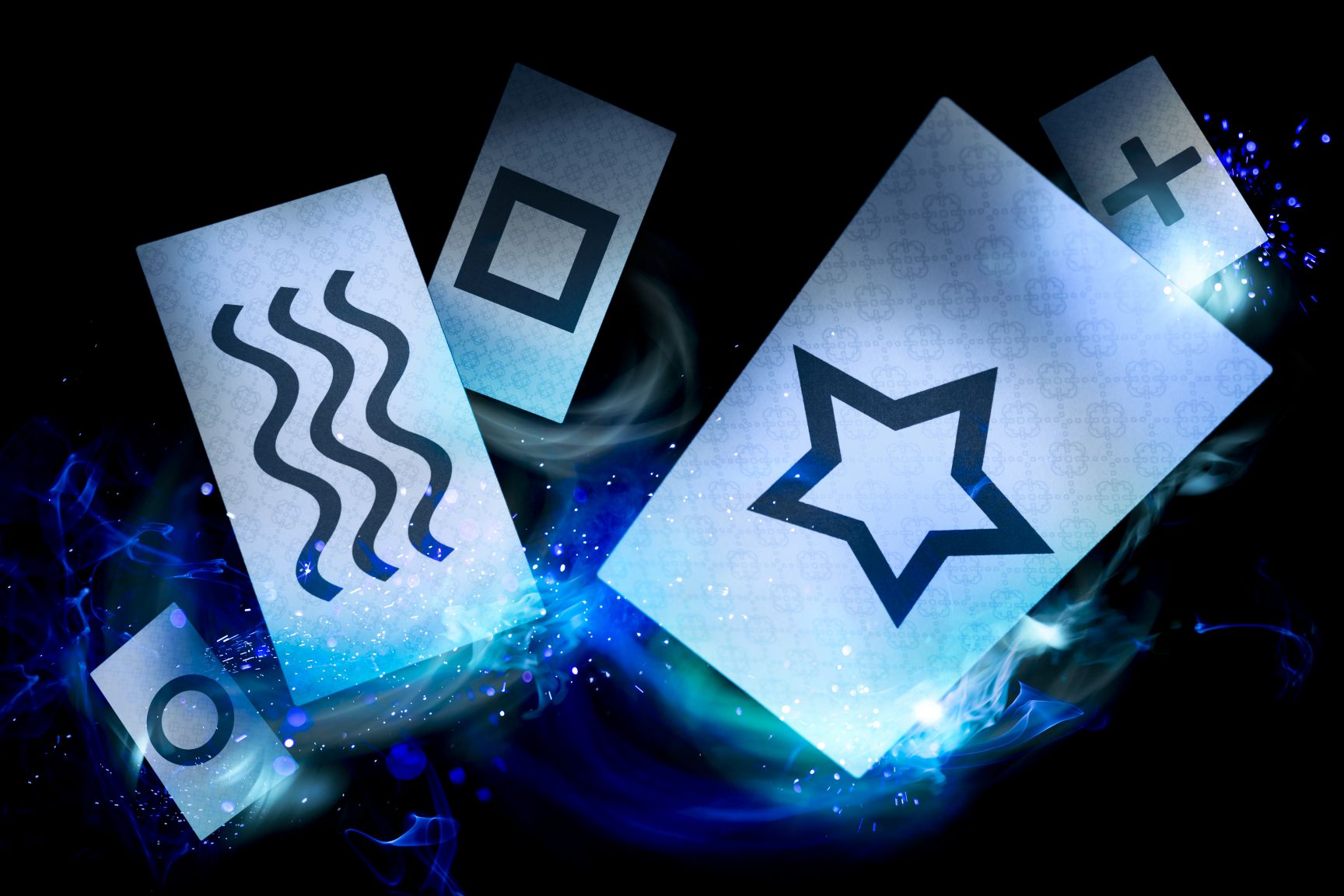Chapter 5. ESP and Critical Thinking
Intro
Play this brief video introduction from one of your authors, David Myers.
Test Yourself
Here is a famous ESP test, which asks you simply to predict which of five “Zener Cards” the computer will randomly select. You should be able to do the 50 predictions in 3-4 minutes.
You may begin by selecting one of the five options below. Continue selecting card options until you've made 50 guesses.
0 of 50
predictions.
0
successful predictions
Your Score
You made 50 predictions, with a 1 out of 5 chance of correct guessing on each. So random decisions would yield, on average, about 10 “hits” (with 95% of chance results between 5 and 15 correct).

Fer Gregory/Shutterstock
You correctly guessed
Build This Strength

leungchopan/Shutterstock
At the heart of science lies a simple ideal of skepticism combined with open-minded curiosity. Thus, given competing or even zany ideas, our method is simple: We put them to the test. We see if they work. As St. Paul wrote 2000 years ago, “Test everything, hold fast to what is good.”
This strength of critical thinking underlies today’s psychological science. And how important it is for each of us to become critical thinkers—not cynical, knee-jerk naysayers, but rather, people who protect ourselves from lame-headed ideas by
- examining assumptions,
- seeking evidence, and
- assessing conclusions.
When hearing cool stories of seeming mental telepathy or knowledge of future events, we know not to be taken in by mere anecdotes. Extraordinary claims deserve careful testing. Thus we say, Show me the data. And so we aim to be skeptical but not cynical, open but not gullible. We aim to be smart thinkers.
QUIZ
Are you ready for the Quiz? Demonstrate and reinforce your understanding by answering the following questions.
Question

Fer Gregory/Shutterstock
1. True
2. a. Parallel processing
3. b. Seek evidence for a claim